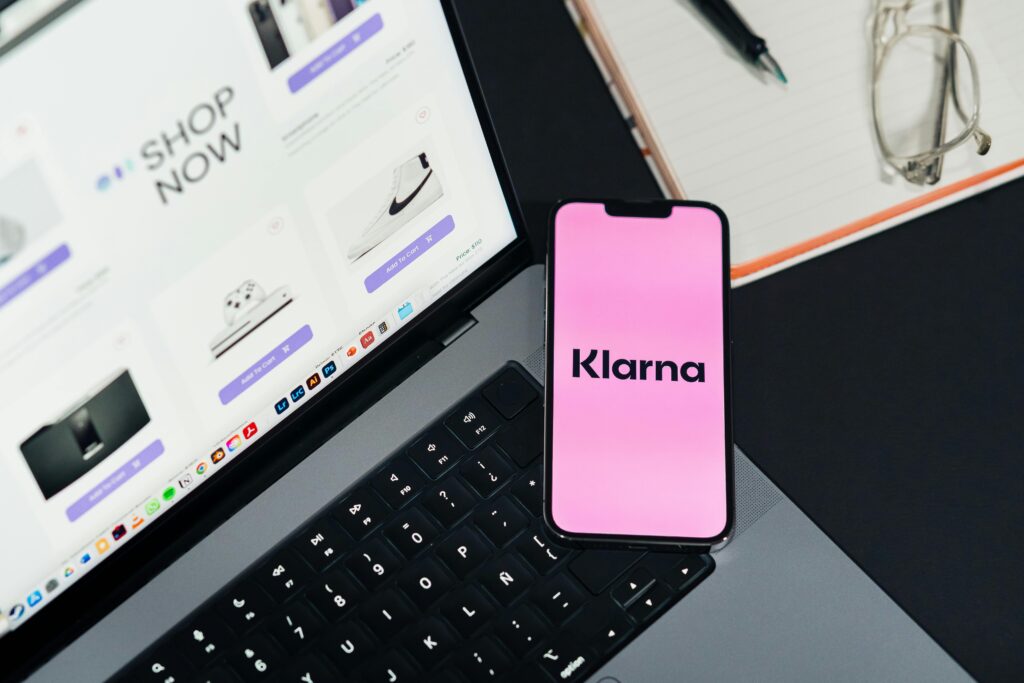How to Get as Good at Checkout as Shopify

Author
Tim Axon
Published
The checkout experience is the silent killer of e-commerce!
Brands pour budget into traffic and content, only to lose up to 70% of shoppers at the final hurdle. In a digital economy where milliseconds matter and patience is short, optimising checkout isn’t a nice-to-have — it’s the difference between growth and abandonment.

Shopify, powering over 4 million online stores, has mastered this space.
Its checkout process is often cited as the gold standard: fast, intuitive, and designed to remove every barrier between intent and purchase. In fact, Shopify claims its optimised checkout converts 15% better on average than the competition.
So how do you compete? The question isn’t whether to streamline checkout — it’s how to do it as well as Shopify.

Optimise Like Shopify: The Power of Frictionless Checkout
Shopify’s checkout isn’t just clean—it’s smart. Every element is intentional, designed to reduce effort and anxiety.
For retailers, replicating this level of polish means obsessing over detail and constantly testing to shave off seconds and steps.

– Speed is conversion: A delay of just one second in load time can result in a 7% reduction in conversions. Optimising scripts, compressing images, and using fast, reliable hosting are fundamental.
– Guest checkout is essential: Forcing account creation is a conversion killer. Shopify prioritises optionality—letting users choose their journey.
– Autofill and express payment options: Think Apple Pay, Google Pay, and Shop Pay. The fewer fields a customer has to type in, the better.
– Mobile-first design: With over 60% of e-commerce traffic now on mobile, your checkout needs to be seamless on the smallest screen.

And this need for a fast, friction-free experience isn’t limited to retail.

In the gambling industry, the deposit process is the equivalent of checkout—and equally vulnerable to drop-off. For example when we worked with a major gambling operator to reimagine the credit card cashier journey we found up to 85% of people abandon tasks if they can’t complete them within two clicks or taps.
As a result we simplified the interface, prioritised the most common actions, and tailored messaging to reduce confusion. The result was a significant uplift in deposit conversions—proof that when users feel in control and unblocked, they follow through.
The takeaway? Regardless of industry, optimising your “checkout” moment is about reducing friction and respecting user intent.
Convert Like Shopify: Trust, Clarity, and Confidence
Checkout isn’t just about design—it’s about psychology. Shoppers want to feel safe, informed, and in control. Shopify builds trust with transparent design and smart UX choices.

To increase your conversion rate:
– Display trust signals: SSL badges, payment logos, and clear return policies boost confidence at the point of purchase.
– Use progress indicators: Let users see where they are in the process—and how close they are to completion.
– Keep forms short: Remove unnecessary fields and use smart defaults wherever possible.
– Offer flexible delivery and payment options: Shoppers have different preferences—accommodating them increases completion rates.


Think Beyond the Sale: Retain Like Shopify
Checkout is the start of the post-purchase journey. Shopify knows this—and its checkout experience feeds data back into marketing, loyalty, and customer lifetime value.
For a future-proof checkout:
– Link it with email marketing and loyalty programmes: Capture opt-ins seamlessly to start building relationships immediately.
– Use post-purchase upsells: Offer relevant add-ons after the main sale, without interrupting the flow.
– Optimise confirmation pages: Turn them into mini customer onboarding moments, not dead ends.
Winning the Checkout War

The tools and techniques that Shopify uses are available to all. The real challenge is commitment: the will to scrutinise every step, test relentlessly, and think customer-first.
Checkout is a battleground where brands win or lose revenue. To compete, you need to optimise like Shopify, build trust like Shopify, and—above all—make it easier than ever for your customer to say yes.
The key to winning? Remove friction, build trust, and keep testing.











